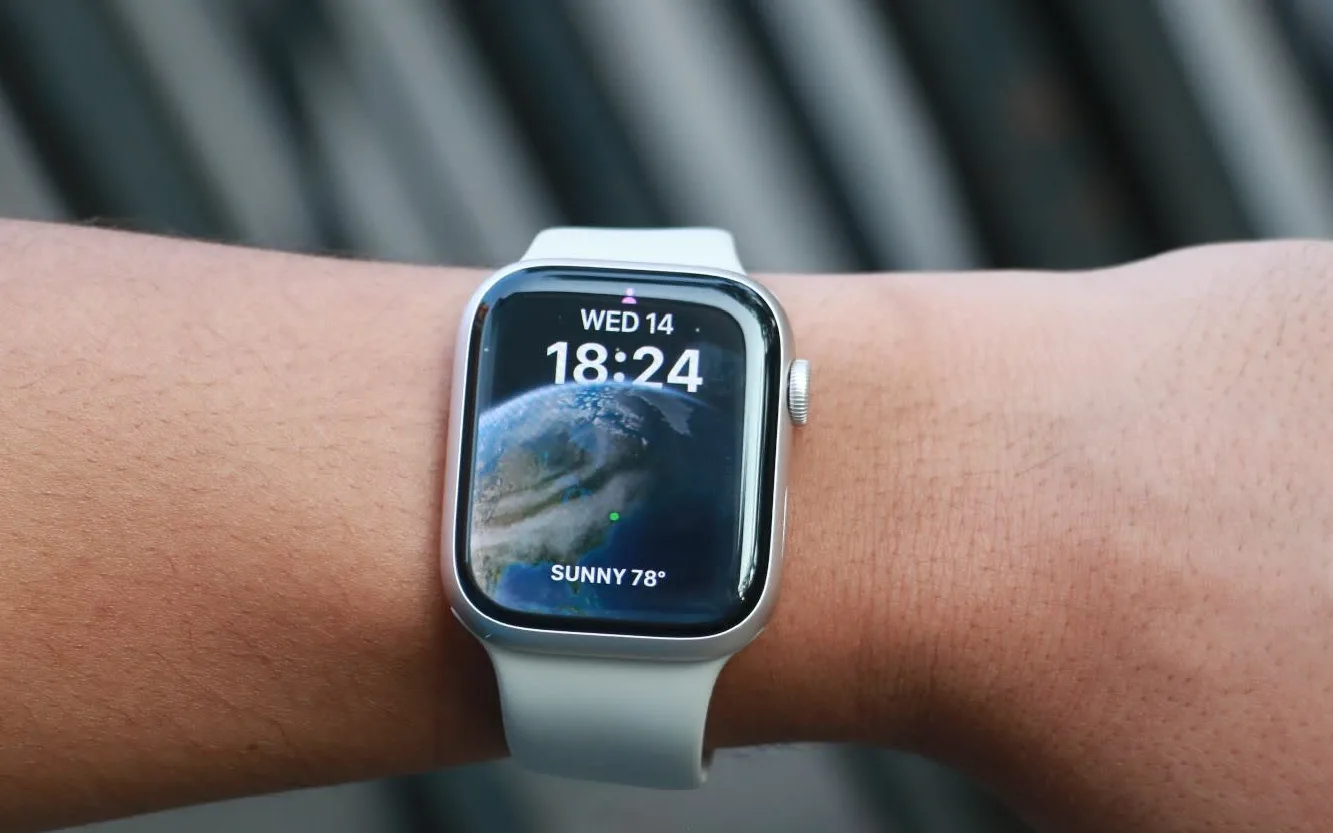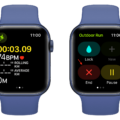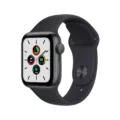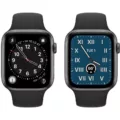The Apple Watch has become a popular accessory for many people, offering a range of features and functionality right on your wrist. But when it comes to wearing this smart device, there may be some confusion about which wrist is the best option. In this article, we will explore the question of which wrist to wear your Apple Watch on and provide some insights to help you make an informed decision.
Firstly, it’s important to note that the Apple Watch can be worn on either wrist without any technical issues. However, there are some considerations to keep in mind to ensure optimal functionality and convenience.
Traditionally, wearing a watch on the non-dominant wrist has been the norm. For the majority of people, this means wearing the watch on the left wrist, as the right hand tends to be dominant. This convention stems from the fact that most watches, including traditional analog watches, are designed with the crown and buttons on the right side. Therefore, wearing the watch on the left wrist allows for easier access to adjust the time or use other functions.
However, the Apple Watch breaks away from this tradition by offering the ability to customize the wrist orientation. This means that you can choose to wear the watch on your dominant wrist, whether it’s your left or right wrist, and configure the buttons and crown accordingly. The Watch app on your iPhone allows you to make this customization effortlessly.
To change the wrist orientation of your Apple Watch, follow these steps:
1. Open the Watch app on your iPhone.
2. Tap on the “My Watch” tab at the bottom of the screen.
3. Scroll down and select “General.”
4. Tap on “Watch Orientation.”
5. Choose your preferred wrist, whether it’s the left or right wrist.
6. Select the side on which you want the buttons and crown to be located.
By following these simple steps, you can adjust the configuration of your Apple Watch to suit your individual preferences. Whether you are left-handed or right-handed, wearing the watch on your dominant wrist can provide a more comfortable experience and easier access to the buttons and crown.
It’s worth noting that some health-related features of the Apple Watch, such as the ability to take an electrocardiogram (ECG), may require specific wrist placement for accurate readings. Therefore, it’s always a good idea to consult the user manual or Apple’s official guidelines to ensure proper usage of these features.
The choice of which wrist to wear your Apple Watch on ultimately comes down to personal preference. While tradition suggests wearing the watch on the left wrist, the Apple Watch offers the flexibility to be worn on either wrist and customized to your liking. Take into consideration your dominant hand and the convenience of accessing the buttons and crown when making your decision.

Does It Matter Which Wrist You Wear Your Apple Watch?
It does matter which wrist you wear your Apple Watch. The wrist orientation plays a role in the proper functioning of certain features and health-related capabilities of the device. Here are some reasons why it is important to wear your Apple Watch on the correct wrist:
1. Wake on Wrist Raise: The Apple Watch has a feature called “Wake on Wrist Raise” that allows the screen to automatically turn on when you raise your wrist. However, if you wear the watch on the wrong wrist, this feature may not work as intended. The sensors on the underside of the watch are designed to detect the movement of your wrist when you raise it, and wearing it on the correct wrist ensures optimal performance.
2. Crown and Button Placement: The placement of the digital crown and side button on the Apple Watch is designed to be easily accessible when worn on the left wrist. These controls are positioned to align with the natural movement of your thumb and fingers, making it more convenient to interact with the device. Wearing it on the right wrist may require more effort and may not provide the same level of comfort and usability.
3. ECG Functionality: The Apple Watch Series 4 and later models include an electrocardiogram (ECG) feature that allows you to take an ECG reading directly from your wrist. This feature requires the watch to be worn on the left wrist, as it needs to be in close proximity to your heart for accurate readings. Wearing the watch on the right wrist may result in inconsistent or unreliable ECG measurements.
4. Health and Fitness Tracking: The Apple Watch includes various health and fitness tracking features, such as heart rate monitoring and activity tracking. These features rely on accurate data collection from the sensors on the underside of the watch. Wearing the watch on the correct wrist ensures that the sensors are in the optimal position to capture accurate readings.
Wearing your Apple Watch on the correct wrist, typically the left wrist, is important to ensure the proper functioning of features like Wake on Wrist Raise, ECG functionality, and accurate health and fitness tracking. It is recommended to follow Apple’s guidelines for the best user experience and optimal performance of your Apple Watch.
Is It Okay to Wear Apple Watch On the Right Wrist?
It is absolutely okay to wear the Apple Watch on your right wrist. The watch is designed to be versatile and can be worn on either wrist. Whether you prefer to wear it on your left wrist or right wrist is entirely up to personal preference.
To further customize your Apple Watch experience, you can also choose the side on which the buttons will be located. The buttons can be configured to be on either the right or left side of the watch face, depending on your preference.
To change the configuration, follow these steps:
1. Open the Watch app on your iPhone.
2. Go to the “My Watch” tab.
3. Scroll down and tap on “General”.
4. Look for the “Watch Orientation” option and tap on it.
5. Here, you can choose your preferred wrist and the side on which the buttons will be located. Select either “Left Wrist” or “Right Wrist” and choose the desired button side.
By following these steps, you can easily adjust the Apple Watch to your comfort and personal preferences.
What Wrist Does a Woman Wear An Apple Watch?
A woman can wear her Apple Watch on either wrist, depending on her personal preference. There is no specific rule or etiquette that dictates which wrist a woman should wear her Apple Watch on. Some women may choose to wear it on their left wrist, following the traditional social norm, while others may prefer wearing it on their right wrist. Ultimately, it is up to the individual to decide which wrist feels more comfortable and convenient for wearing the Apple Watch.
Conclusion
The Apple Watch is a versatile and innovative device that offers a wide range of features and functionalities. It can be worn on either wrist, but it is important to configure the watch orientation correctly to ensure that all system and health-related features work effectively. The Watch app on your iPhone allows you to easily change the wrist and button configuration to suit your preference.
Wearing a watch on the left wrist is considered the traditional etiquette, but ultimately, it is up to personal preference. Whether you choose to wear it on the left or right wrist, the Apple Watch can still provide you with all its functionalities and benefits.
With its advanced health monitoring capabilities, including features like ECG and sleep tracking, the Apple Watch has become an essential device for individuals looking to monitor their well-being and maintain an active lifestyle. Additionally, its integration with other Apple devices allows for seamless connectivity and convenient access to notifications, apps, and other features.
The Apple Watch combines style, functionality, and health tracking features into a compact and stylish wearable device. Whether you’re a fitness enthusiast, a tech-savvy individual, or someone who simply wants to stay connected, the Apple Watch is a great choice to enhance your daily life.







